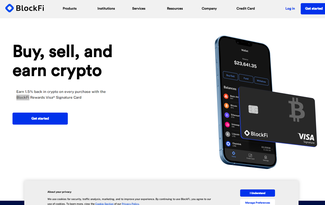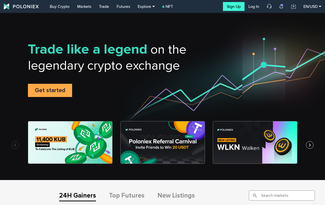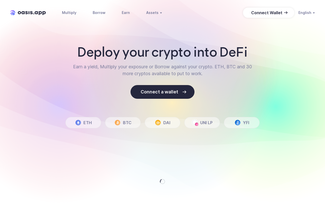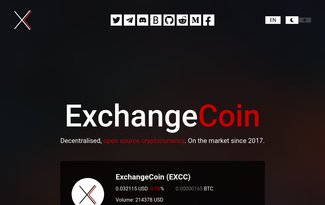Aave review
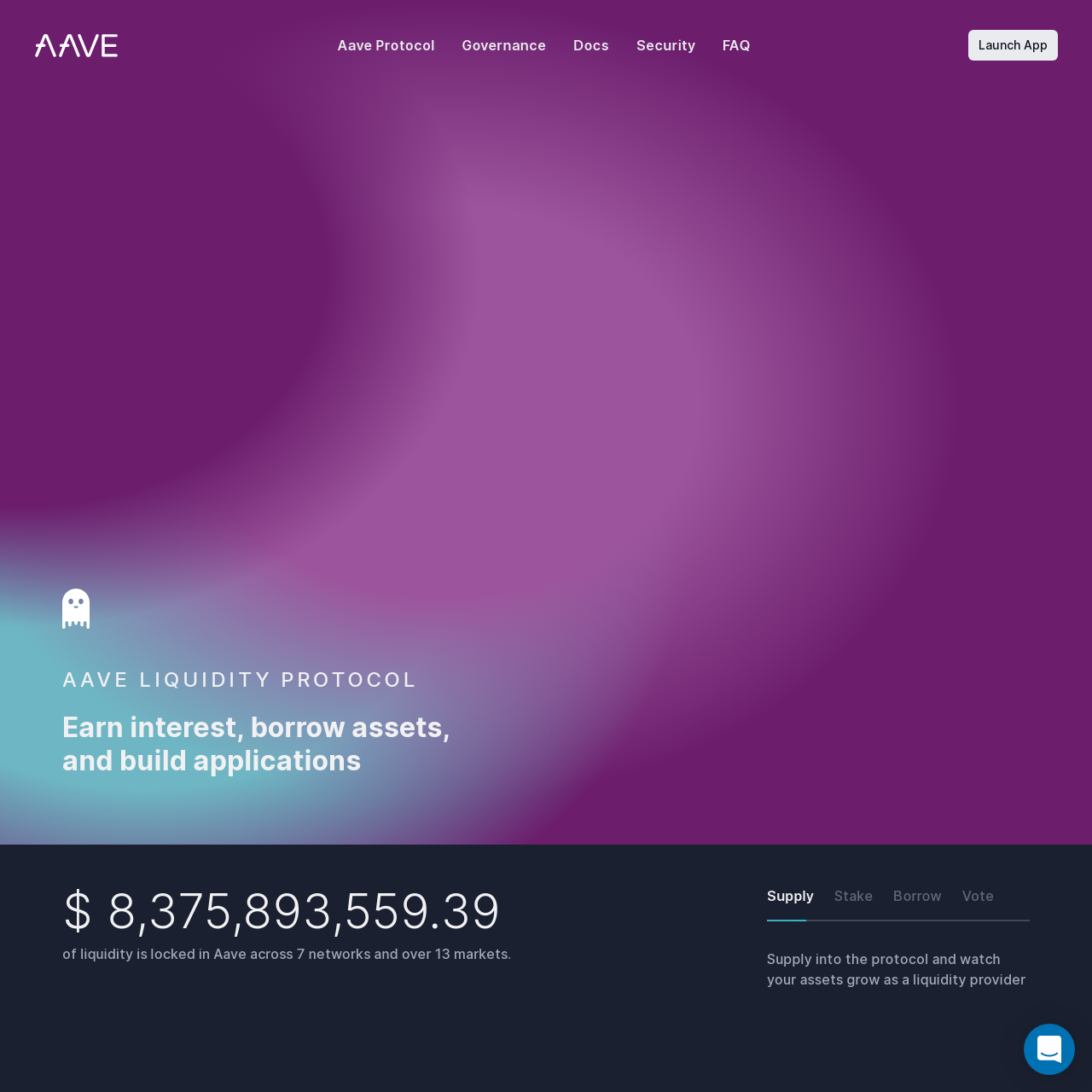
Aave
Aave Review 2025: A Comprehensive Look at the Decentralized Liquidity Protocol
Aave has emerged as a cornerstone in the decentralized finance (DeFi) ecosystem, offering a non-custodial liquidity protocol that enables users to lend, borrow, and earn interest on crypto assets. Founded in 2017 by Stani Kulechov, Aave has continually evolved, introducing innovative features and expanding its reach across multiple blockchain networks.
Overview
- Founded: 2017 (originally as ETHLend)
- Rebranded: 2018 to Aave (meaning "ghost" in Finnish)
- Protocol Type: Decentralized, non-custodial liquidity protocol
- Supported Networks: Ethereum, Polygon, Avalanche, and other EVM-compatible chains
- Native Token: AAVE
- Official Website:aave.com
Key Features
1. Lending and Borrowing
Aave allows users to deposit supported cryptocurrencies into liquidity pools, earning interest over time. Borrowers can access these funds by providing overcollateralized assets, ensuring the protocol's solvency. Interest rates are dynamically adjusted based on supply and demand within each pool.
2. Flash Loans
Aave pioneered the concept of flash loans—instant, uncollateralized loans that must be repaid within a single transaction block. These are primarily utilized by developers for arbitrage, refinancing, or collateral swapping strategies.Gemini
3. GHO Stablecoin
In 2025, Aave introduced GHO, a decentralized, overcollateralized stablecoin native to its protocol. Users can mint GHO by supplying collateral, maintaining stability while leveraging their assets.aave.com
4. Multi-Network Deployment
Aave operates across various EVM-compatible networks, including Ethereum, Polygon, and Avalanche, allowing users to access its services with reduced fees and faster transaction times.aave.com
5. Governance
The AAVE token empowers holders to participate in the protocol's governance, including decisions on asset listings, parameter adjustments, and development proposals. This decentralized approach ensures community involvement in Aave's evolution.Reflexivity ResearchReddit
Security Measures
Aave places a strong emphasis on security, implementing multiple layers of protection:Bydfi
- Smart Contract Audits: Regular audits by reputable firms to identify and mitigate vulnerabilities.
- Bug Bounty Programs: Incentivizing the community to report potential issues through platforms like Immunefi.
- Oracle Integration: Utilizing decentralized oracles, such as Chainlink, to provide reliable price feeds and minimize manipulation risks.
- Safety Module: A reserve fund backed by staked AAVE tokens to cover potential shortfalls in extreme scenarios.aave.coma
User Experience
Aave's interface is designed for both novice and experienced users, offering intuitive dashboards and comprehensive documentation. The protocol's transparency, with open-source code and publicly accessible smart contracts, fosters trust and ease of use.
FAQs
Q: What is the minimum collateral required to borrow on Aave?
A: Aave requires overcollateralization, meaning users must deposit assets exceeding the value of the desired loan. The exact ratio varies depending on the asset's risk parameters.Global X ETFs
Q: Can I earn interest on my crypto holdings with Aave?
A: Yes, by supplying supported assets to Aave's liquidity pools, users can earn interest based on the borrowing demand for those assets.
Q: Is Aave accessible to users worldwide?
A: Aave is a decentralized protocol accessible to anyone with an internet connection and a compatible crypto wallet, subject to local regulations.
Conclusion
Aave stands out as a leading DeFi protocol in 2025, offering a robust and innovative platform for decentralized lending and borrowing. Its commitment to security, transparency, and community governance positions it as a trustworthy option for users seeking to engage in the DeFi ecosystem.
For in-depth cryptocurrency reviews and the latest market insights, visit 2CryptoGuys, your trusted source for everything crypto.- Wide asset support
- Innovative DeFi features
- Strong security and governance
- Transparent, user-friendly interface
- Mobile app support
- Mobile Support
- Steep learning curve
- Smart contract risks
- Overcollateralization limits borrowing

